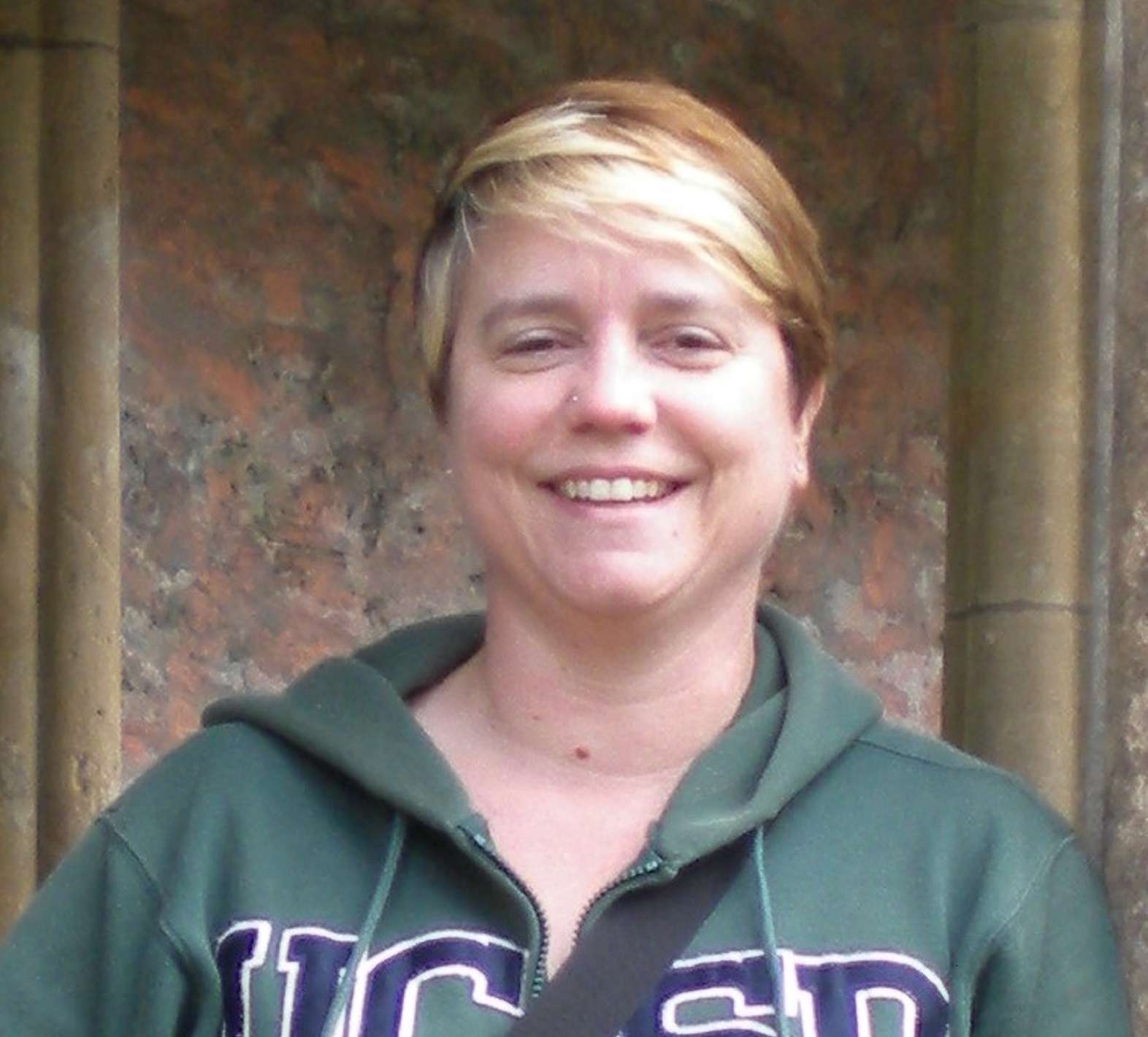We’ve implemented some new protocols around sending us messages via this website. Please email website “at” britishfantasysociety “dot” org for any issues.

For all things fantasy, horror, and speculative fiction
-
Announcement:
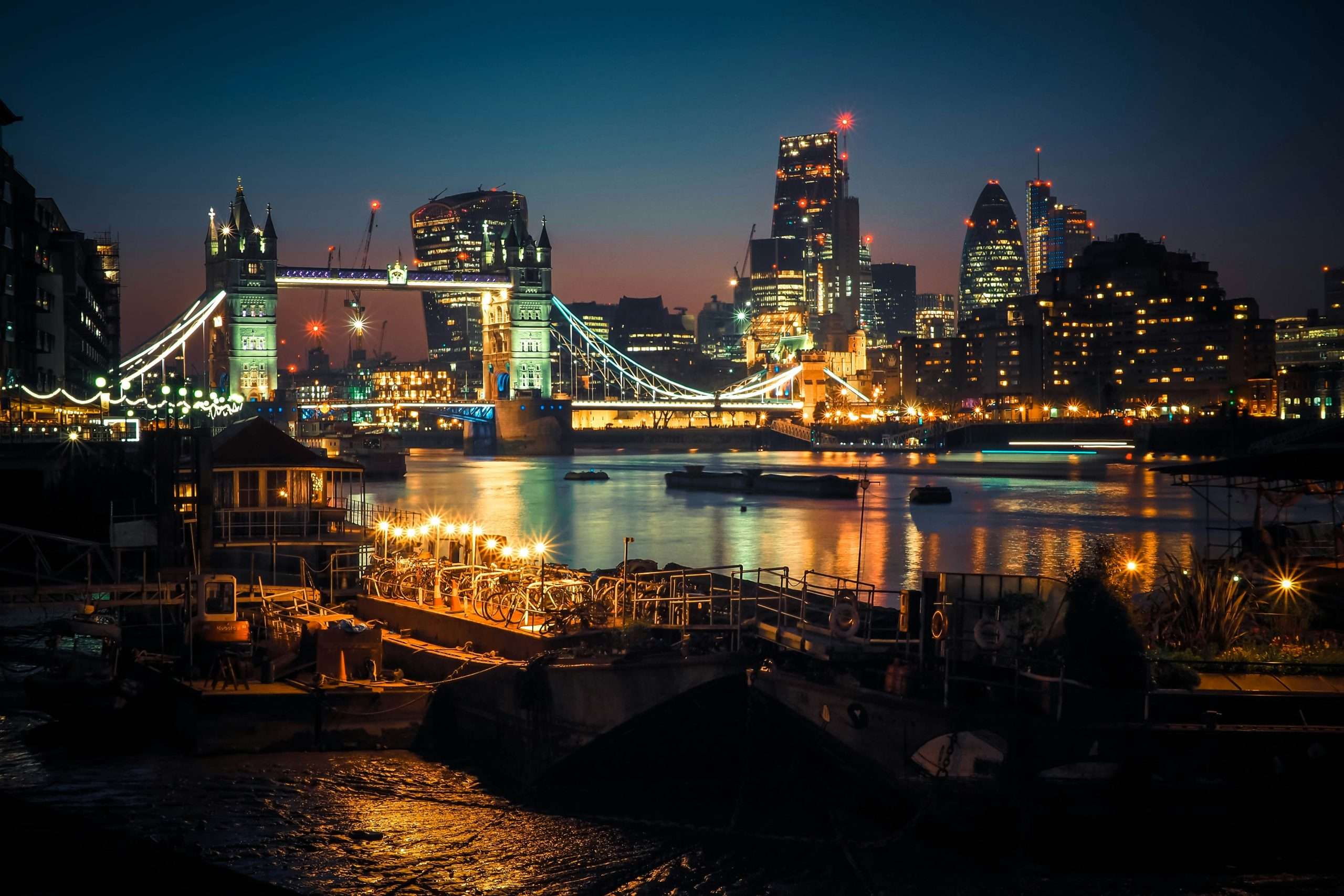
Subgenre deep dive: Urban Fantasy
In this latest edition of her regular column, Tiffani Angus—co-author of Spec Fic for Newbies—explores what makes fantasy *urban*. And why does it always seem to be set in London?!

Here at the British Fantasy Society, we love Fantasy (duh). We’re here for all things Tolkien, sword battles, magic, and various non-human character types from orcs to elves to fairies. We love detailed world-building as well as the tried-and-true tropes. All these elements make up what we think of as the more “traditional” Fantasy genre that’s usually set in secondary worlds, those quasi-Medieval places with an agrarian population, maybe dragons, and a wizard or two.
But as our own primary-world population has embraced new technology and moved from the countryside into the cities, so too has the genre, leading to the birth of Urban Fantasy.
Genre designations are a way for publishing houses and bookstores to market books, to help you find the book types that you like to read. Urban Fantasy is one of those subgenres that sometimes gets mislabelled because some people will think that anything contemporary and set in a city must be Urban Fantasy. But the focus here is on “urban”. Some contemporary fantasy is set in a city, but it isn’t necessarily Urban Fantasy. So, let’s take a deep dive into this subgenre to better understand why having an urban setting led to a new subgenre designation.
As always, the information in this article is more fleshed out (and contains cross references to other subgenres as well as activities and other practical writing-specific instruction and information) in Spec Fic for Newbies: A Beginner’s Guide to Writing Subgenres of Science Fiction, Fantasy, and Horror (Luna Press, 2023) by Val Nolan and me. Oh, and alert: Volume 2, featuring 30 more subgenres and popular tropes, will start pre-orders very soon!
Get £3 off Spec Fic for Newbies Vol 1 when you buy directly from Luna Press using the promo code “SFN1”. (Code valid until 31 May 2024.)

This month is a look at… URBAN FANTASY
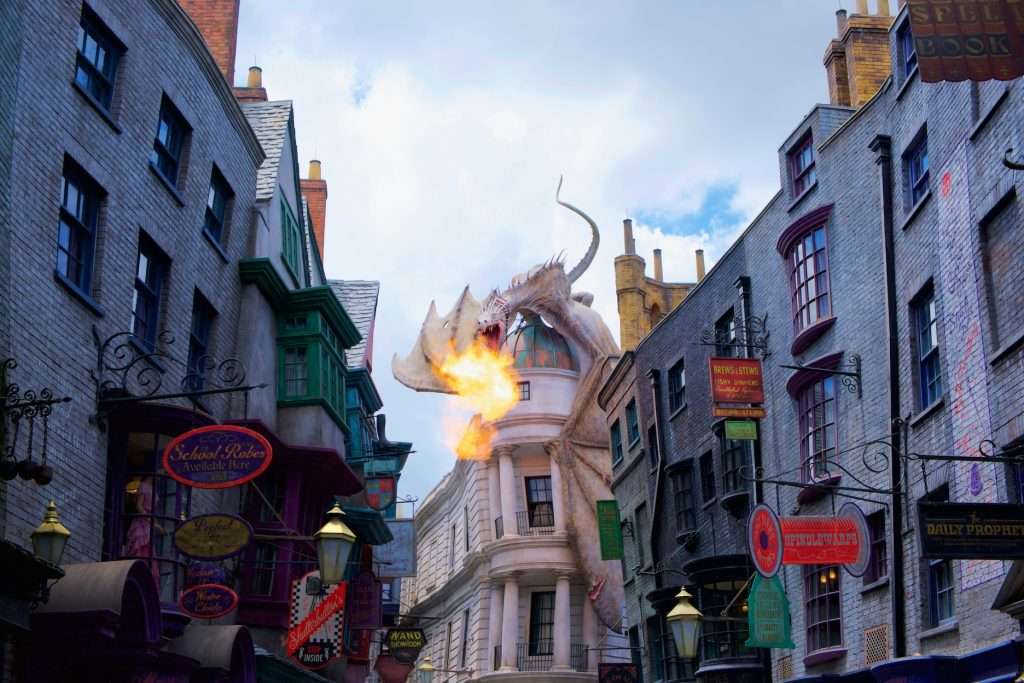
Urban Fantasy is just that: Fantasy set in a modern city rather than in the countryside where you’ll find much of our more traditional Fantasy. Because this is fiction, and Fantasy fiction at that, things can be a little loose, so while the city in question is usually in the real/primary world it can also be an imagined city/secondary world. The setting is the key: the place is of the utmost importance, but the time period is also influential, and together they affect how the characters act.
This subgenre contains magic and the supernatural rubbing up against electricity and the internet, cars and fast food. It’s fun to mix elements of folklore that we love, such as faeries and vampires, with our own boring-to-us urban surroundings. We can only travel to the (imagined) past in our minds, and most of us aren’t able to visit far-off castles or other fantasy-adjacent places, so Urban Fantasy is a way of bridging that gap. It provides us the chance to examine our own desire for something beyond our mundane, non-magical world via an outlet that allows us that investigation in a setting with which we are familiar.
Though Urban Fantasy is primarily a subgenre set now, there are some stories from literary history that we can look at as precursors. The London-set A Christmas Carol (1843) by Charles Dickens was written when the modern, industrialised city was growing faster than people were used to. We all know the story about Scrooge being shown the error of his money-is-life ways by various ghosts; the pursuit of progress and money—the capitalist system—left a city’s population thinking they had a hold of something only to see that something become old and outdated in a flash, which led to anxiety.
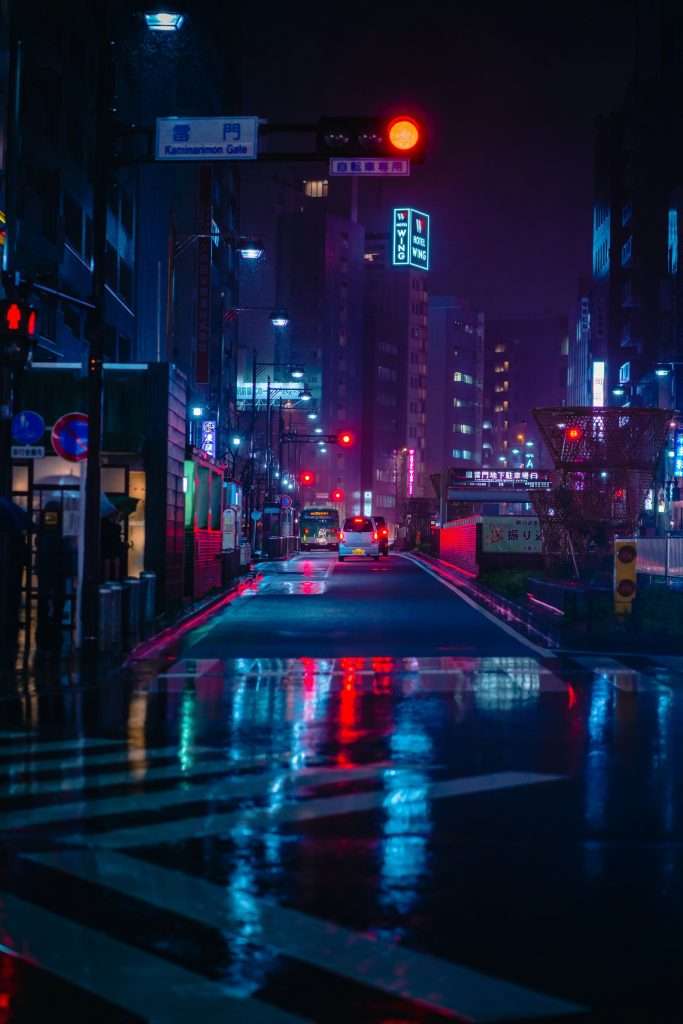
In the early twentieth century, the SFF-writing and -reading population that lived in cities grew. There are examples of stories in which supernatural elements are found in urban settings but that aren’t solidly Urban Fantasy yet, such as: Thorne Smith’s Topper books (1920s), about a bank president’s run-in with ghosts, popular for their commentary on modern life pre-Great Depression; Gustav Meyrink’s The Golem (translated into English in 1928), set in the Prague ghetto, which illustrates the beginnings of the subgenre’s growth in non-US/UK areas; and Ray Bradbury’s Something Wicked This Way Comes (1962), which brings Fantasy to a small American Midwest town.
Urban Fantasy solidified as a subgenre in the 1980s and 1990s as Fantasy itself began to stretch out of Tolkien’s Shire-based shadow. Old cities with long histories, such as London or Paris, were the most popular choices for Urban Fantasy because they are full of layers as people have built new buildings on top of—or right against—old, and those layers contain stories that we can’t help but want to uncover. This attention to setting turns the place itself into a character complete with numerous neighbourhoods (all with their own histories and cultures), alleyways that lead to nothing, doorways that open to greater mysteries, and more.
London is the boss of Urban Fantasy settings: the locus of magic in Neil Gaiman’s 1996 Neverwhere, which includes London Below, a Floating Market, actual Black Friars, and an Angel of Islington; Mike Carey’s Felix Castor series (2006–’09), in which Castor is a freelance exorcist working to rid London of its ghost problem; Vivian Shaw’s Dr Greta Van Helsing series (2017–’19), in which the good doctor treats vampires, mummies, banshees and other supernatural patients in the Big Smoke; and Ben Aaronovich’s Rivers of London series (2011–present), featuring a cop who’s recruited to be part of the Metropolitan Police’s supernatural unit, which investigates strange happenings throughout the city linked to its long history.
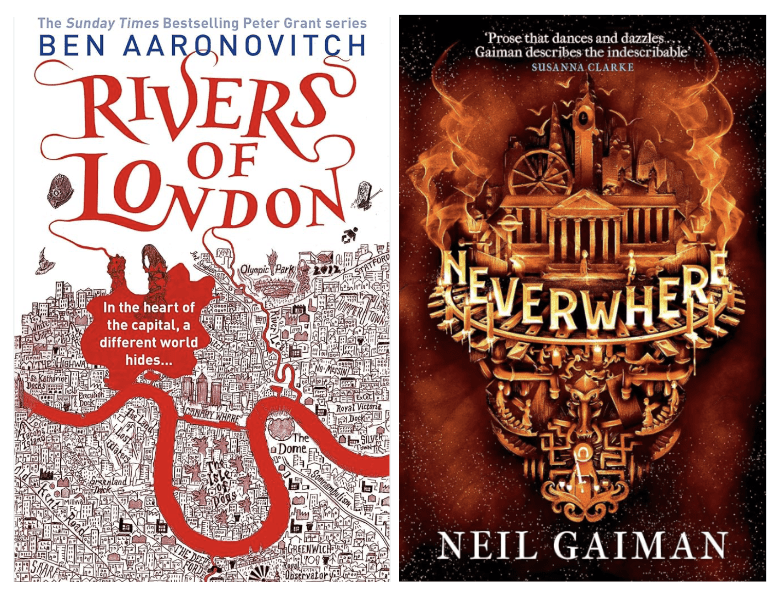
This is a London full of enchanted locations and supernatural creatures, but the stories aren’t Steampunk (a related subgenre) because they’re very much set in the present, taking advantage of the city’s stories and legends and the juxtaposition of then and now.

Non-London settings include New York (in Mark Helprin’s 1983 Winter’s Tale), Chicago (in Jim Butcher’s Dresden Files series (2000–present) starring private investigator and wizard Harry Dresden), and Los Angeles (in Mishell Baker’s Borderline series (2016–’18), in which the Arcadia Project polices the border between faerie and Hollywood), all cities with their own unique flavour and history, settings specifically important to the stories. Some secondary-world fantasy can also slot into the Urban Fantasy subgenre, such as Terry Pratchett’s City Guard/Night Watch books (1989–2011), set in the imaginary city of Ankh-Morpork; the Borderlands series (1986–2011), set in Bordertown on the border between Elfland and the human world, developed by editor Terri Windling and featuring popular Fantasy writers such as Ellen Kushner and Holly Black; and Sarah J. Maas’s Crescent City series (2020–present), set in the eponymous city.
Add a bit of crime for fantastic genre bedfellows
Not only do we find many Urban Fantasy stories in series—because it’s easy to see how a city the size of LA or London can’t be contained in just one volume—but they also often contain mysteries to be solved, creating an Urban Fantasy/Crime combination.
The growth of our modern cities coincides with the evolution of Crime Fiction because of the development of police forces (plus a few other technological advancements noted below). In the early days of modern Western cities, there were no official police departments, just volunteers to keep watch with sheriffs and courts of a sort in place to judge and punish those who were caught committing crimes.
The birth of law enforcement in America as we know it can trace its beginnings to the early eighteenth-century American colonies’ “Slave Patrols”. In Britain, a police force was established in 1829 in reaction against the high crime in London; American cities followed suit with the first official force established in NYC in 1844, with other big cities following soon after. The role of the detective followed in the UK and US in the mid-1800s.
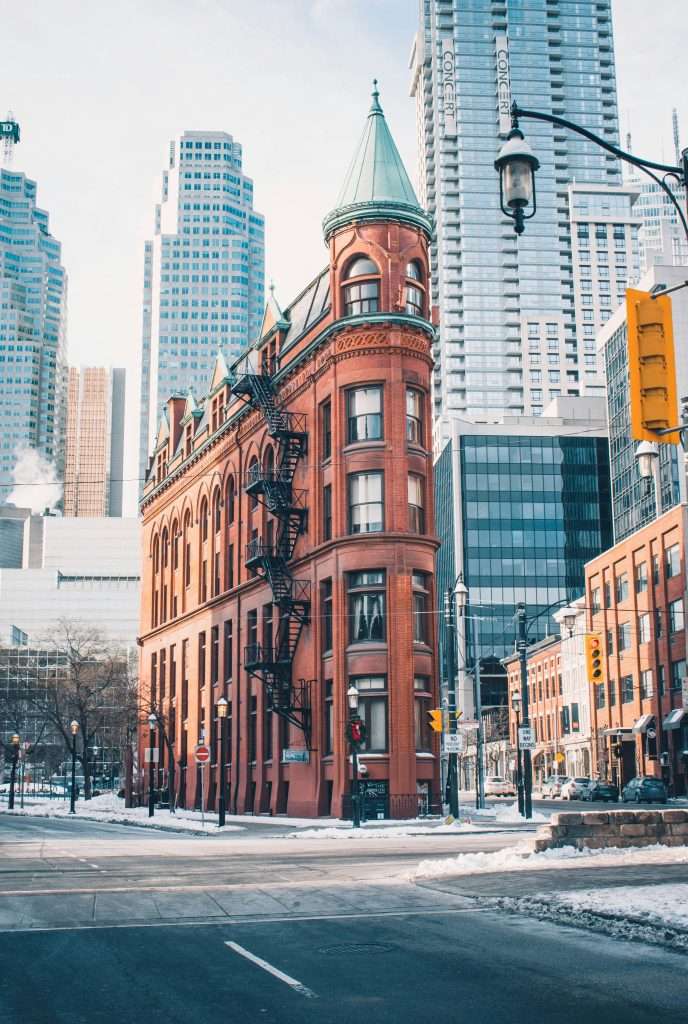
This all coincided with the improvement of paper making, transport, and education systems, which resulted in the explosion of reading materials (books, periodicals, newspapers) that could be quickly shipped across distances to get into the hands of a growing reading public. And what sold those newspapers then, much as it does now? Titillating and shocking stories about robberies, murders, and other crimes! Added to the mix were advances in the development of psychology, sociology, and criminology, all of which contributed to the growth of Crime Fiction. So, you can see how nothing ever exists in a vacuum!

Fiction writers began to churn out Crime and Detective stories, from Edgar Allen Poe’s “The Murders in the Rue Morgue” (1841), considered to be the first detective story, to Arthur Conan Doyle’s Sherlock Holmes solving his first mystery in “A Study in Scarlet” in 1887. It wasn’t long before Agatha Christie’s Hercule Poirot showed up in 1920 and her Miss Marple in 1927, followed by a plethora of crime writers, all contributing tocrime fiction’s spot as a best-selling genre.
So, what does this have to do with Urban Fantasy? Well, Crime and Detective Fiction are about solving mysteries, and Urban Fantasy is about uncovering the supernatural secrets in a city that is logical, ordered, and runs according to timetables, unlike traditional locations linked to Fantasy (organic, out of time, and following more esoteric rules). Most of the Urban Fantasy titles provided here contain some sort of crime or even feature a detective, and often the conflict has to do with humans and non-human supernatural creatures living in close urban proximity with their own separate and even clashing agendas, making this a natural combination for exploration of how we live in such close quarters with people we don’t necessarily know and might never meet.
Ultimately, Urban Fantasy lets us break out of the traditional Western medieval fantasy setting and explore our urban—and sometimes even suburban—surroundings. Cities are full of people, always busy, change constantly (anyone living in London will tell you that the skyline is never crane-free!), and have geographic and historic secrets and layers, giving writers and readers a new way to engage in their surroundings while adding in folklore elements to create a new place where the magical and the mundane clash. The Urban Fantasy story is a travelogue that crosses over the borders on a map, or app, into the imagined other place that’s always been there beneath the commute, down that dark alley, and on the other side of the door to the shop that’s always got a closed sign in the window.
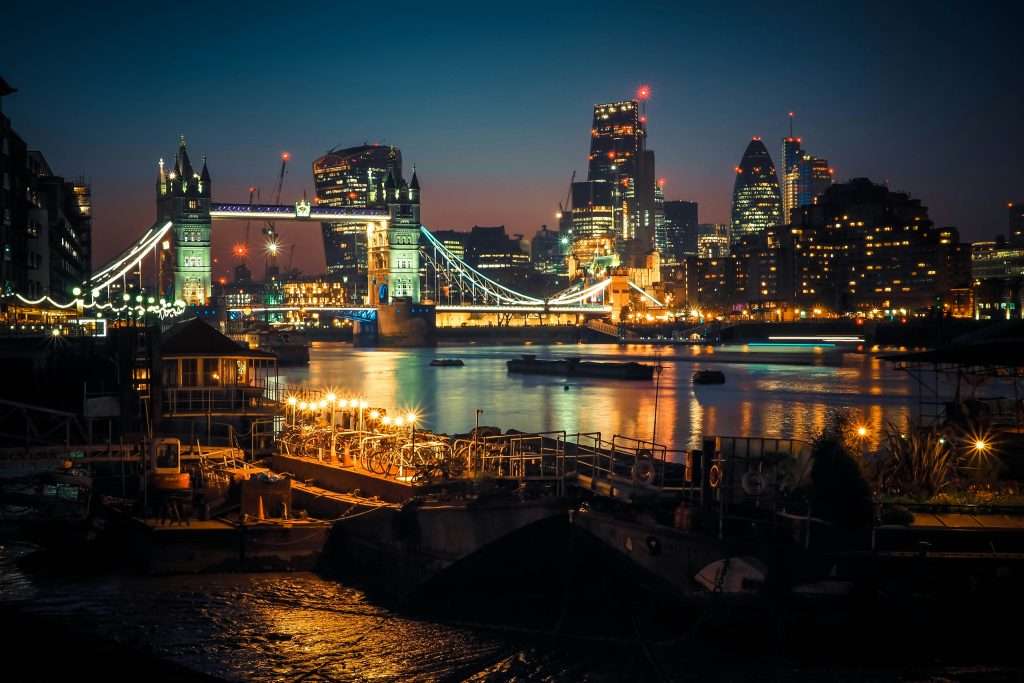
Some Recommended Reading/Viewing
- Anne Rice’s Interview with the Vampire (1976; New Orleans), and especially the current TV series, which features the growing pains of an early 20th-century New Orleans (pictured below)

- American Werewolf in London (1981, dir. John Landis; London, pictured)
- Mark Helprin’s Winter’s Tale (1983; New York)
- Terry Pratchett’s City Guard/Night Watch books (1989–2011; Ankh-Morpork)
- Forever Knight TV series (1992–’96; Toronto)
- Laurel K. Hamilton’s Anita Blake: Vampire Hunter series (1993–2023; St. Louis, Missouri)
- Neil Gaiman’s Neverwhere (1996; London)
- Jim Butcher’s Dresden Files series (2000–present; Chicago)
- Mike Carey’s Felix Castor series (2006–’09, and a brand-new instalment in 2023; London)
- Ben Aaronovich’s Rivers of London series (2011–present; London)
- Jonathan Stroud’s Lockwood & Co. series (2013–’17; London) plus the sadly cancelled-after-one-series Netflix show
- Mishell Baker’s Borderline series (2016–’18; Los Angeles)
- Bright (2017, dir. David Ayer; Los Angeles)
- Vivian Shaw’s Dr Greta Van Helsing series (2017–’19; London)
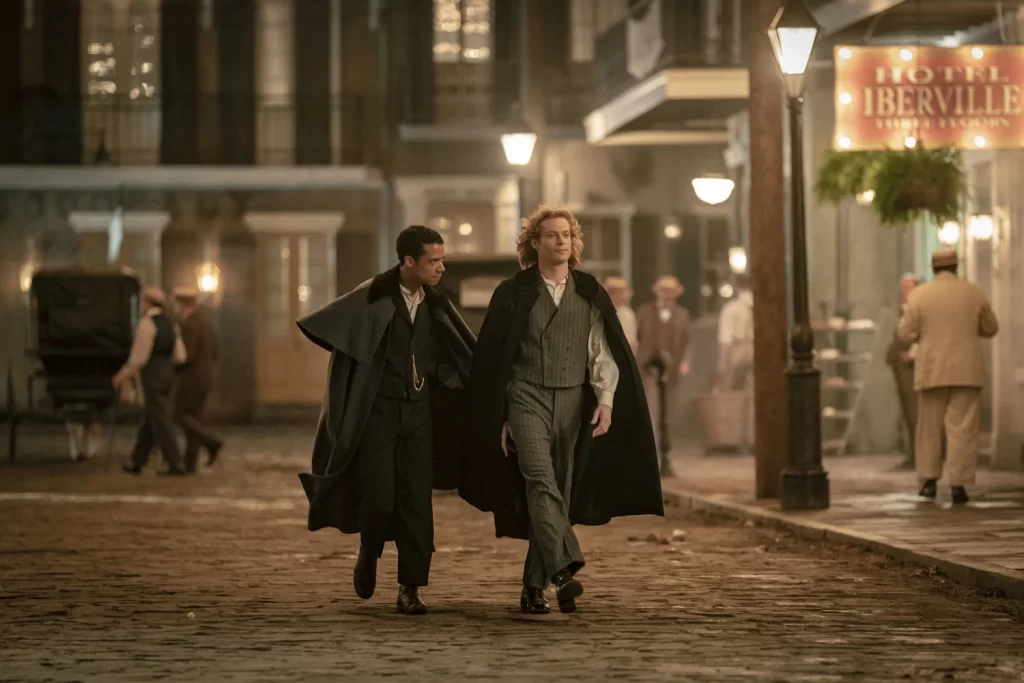
Images by Brian McGowan, Dawson Lovell, Jezael Melgoza, Valentin BEAUVAIS, Alexander London on Unsplash
Meet the guest poster
Explore the blog:
Blog categories:
Latest Posts:
Tags:
#featured (56) #science fiction (25) Book Review (264) events (44) Fantasy (231) Graphic Novel (13) horror (136) Members (62) Orbit Books (48) profile (43) Romance (17) Science Fiction (50) short stories (28) Titan Books (52) TV Review (15)
All reviews
Latest Reviews:
- THE HOUSE ON THE BORDERLAND by William Hope Hodgson
- Monstrum by Lottie Mills
- Mood Swings by Dave Jeffery
- Yoke of Stars by R.B. Lemberg
- Hera by Jennifer Saint
- The Black Bird Oracle by Deborah Harkness
- RETURN OF THE DWARVES By Markus Heitz
- Delicious in Dungeon
- Toxxic by Jane Hennigan
- THIS ISLAND EARTH: 8 FEATURES FROM THE DRIVE-IN By Dale Bailey
Review tags:
#featured (2) Action (4) Adventure (4) Book Review (28) Fantasy (18) Featured (2) Feminist (2) Gothic Horror (3) Horror (14) Magic (3) Orbit Books (3) Romance (6) Science Fiction (5) Swords and Sorcery (2) Titan Books (7)
